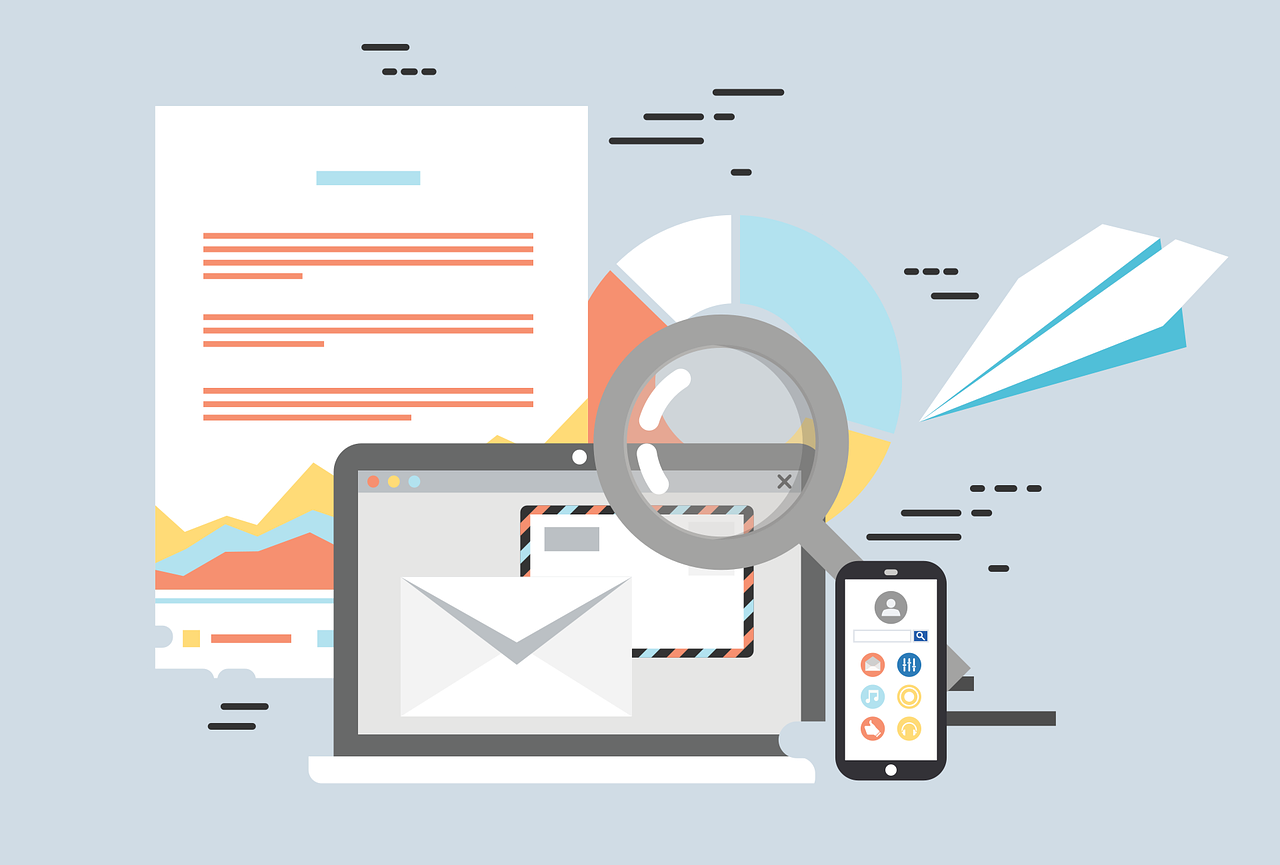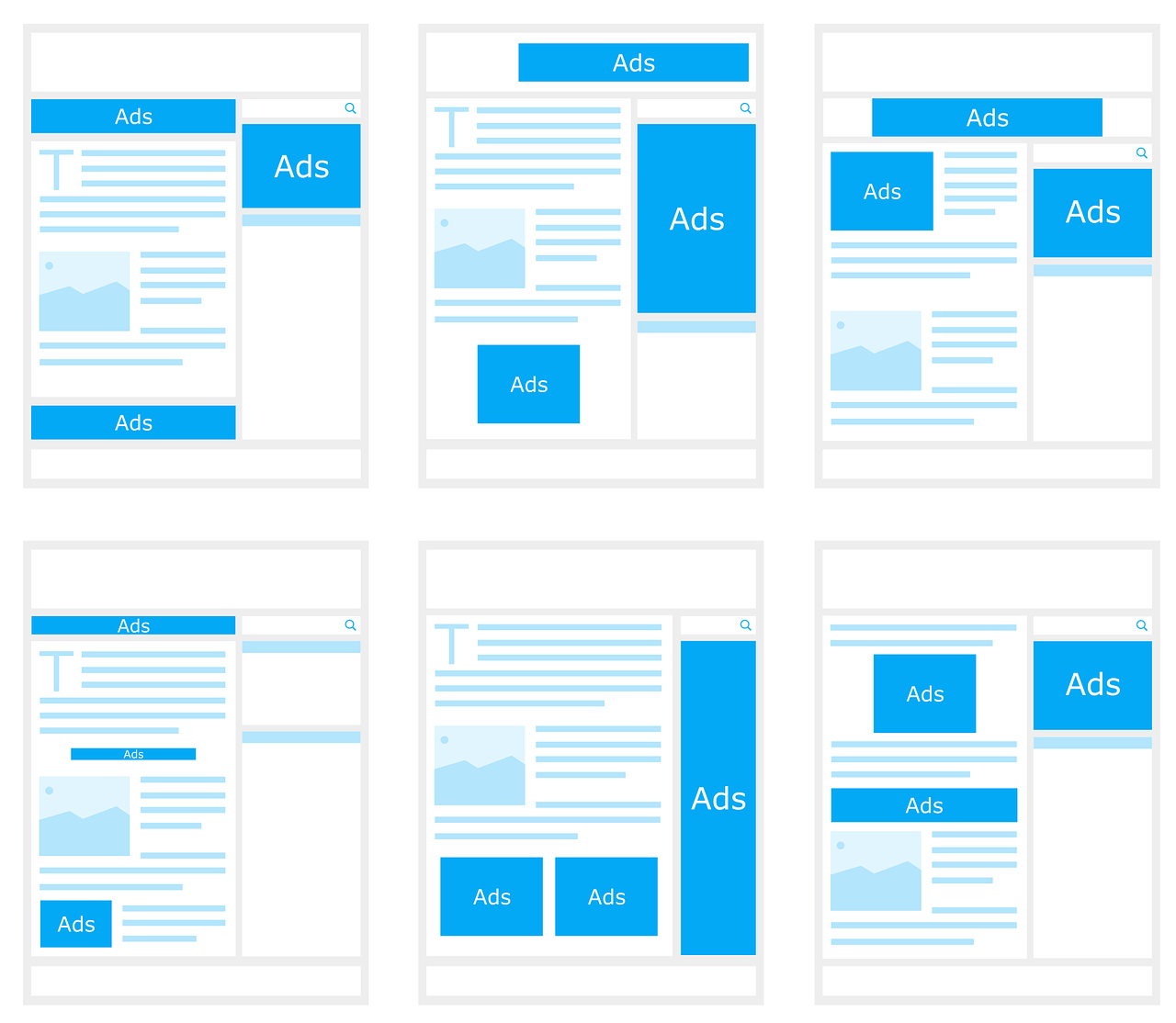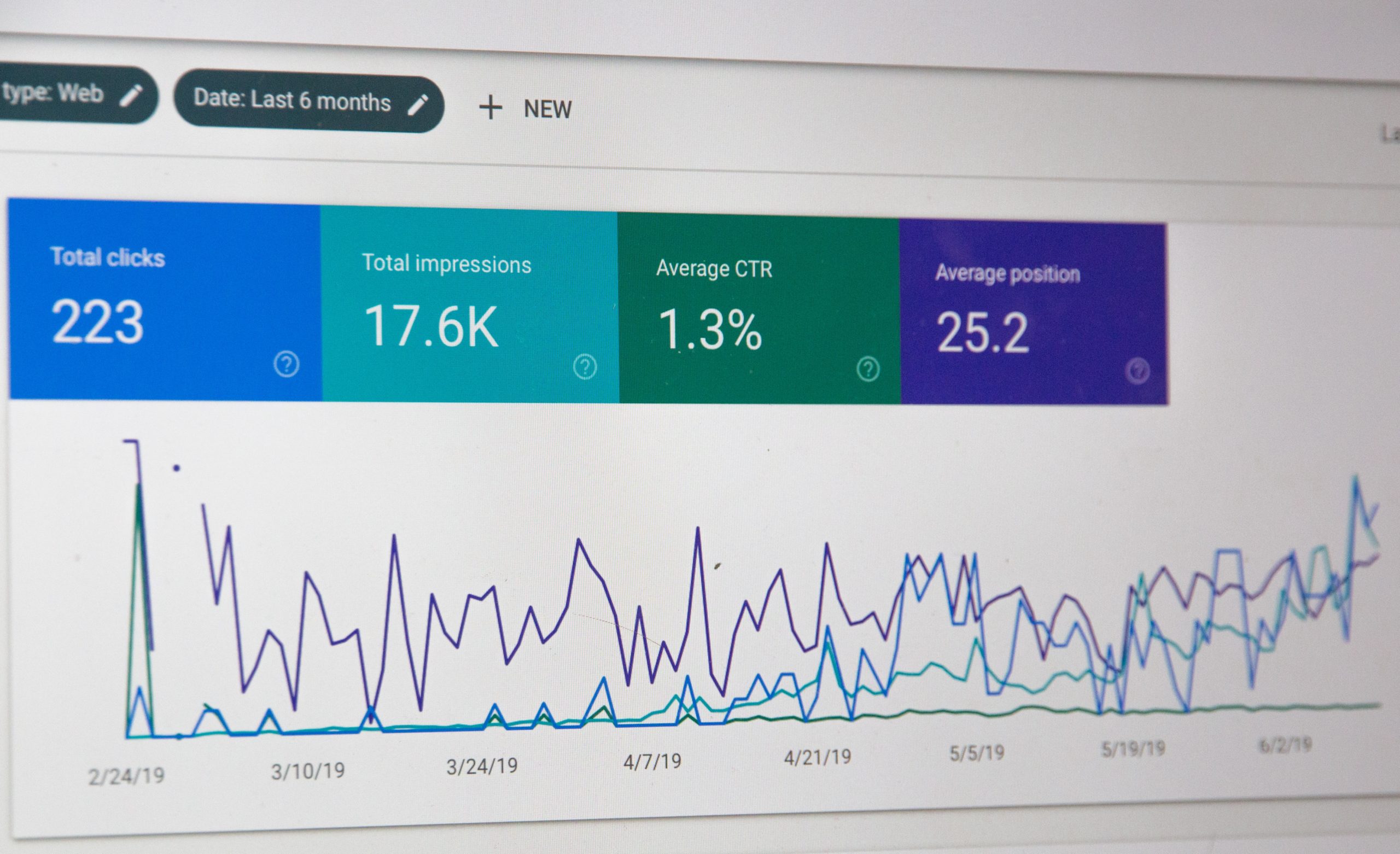In the realm of modern marketing, influencer campaigns have emerged as a powerful tool for connecting brands with their target audiences in a genuine and relatable manner. These campaigns leverage the influence and reach of individuals who resonate with specific demographics, providing an opportunity for brands to tap into their credibility and engagement. However, while influencer campaigns offer immense potential, they are not without their challenges. In this comprehensive article, we’ll explore the various ways influencer campaigns can go wrong and provide effective strategies for addressing and rectifying these situations.
Understanding the Influencer Landscape
Influencer marketing has evolved from its early stages, shifting from celebrity endorsements to more relatable figures who possess genuine connections with their followers. These influencers range from macro-influencers with large followings to micro-influencers and even nano-influencers, who have smaller yet highly engaged audiences.
Despite the benefits of influencer marketing, it’s crucial to recognize that not all campaigns unfold flawlessly. Challenges can arise that may undermine the effectiveness of these campaigns if not addressed promptly and strategically.
1. Overspending on Macro-Influencers
The Challenge: Allocating a significant portion of your budget to macro-influencers with large followings can increase brand awareness, but it might not necessarily translate into meaningful conversions. A wide reach doesn’t always guarantee engagement and conversion rates.
The Fix: Instead of solely focusing on macro-influencers, consider building authentic, long-term relationships with micro- and nano-influencers who genuinely resonate with your target demographic. These influencers often have highly engaged followers who trust their recommendations, leading to a better return on investment (ROI).
2. Treating Influencers as Paid Media Channels
The Challenge: Treating influencers purely as paid media channels can lead to inauthentic campaigns that lack the personal touch required for effective influencer marketing. This approach overlooks the fact that influencers are individuals with unique perspectives and creativity.
The Fix: Acknowledge that influencers are more than just a medium for distributing brand messages. Partner with influencers who align with your brand values and objectives. Collaborate on campaigns that embrace their individual views and creative input while also achieving your marketing goals.
3. Misalignment with Your Brand
The Challenge: Failure to carefully align your brand with the right influencers can lead to negative associations and damage your brand’s reputation. Not all press is good press, and choosing influencers without due diligence can have long-lasting repercussions.
The Fix: Take the time to personally get to know each influencer before partnering with them. Ensure their values and content align with your brand’s ethos. Authenticity is paramount, and a misaligned influencer can tarnish your brand image.
4. Poor Product-Influencer Fit
The Challenge: Ineffective alignment of your product with the influencer’s audience and values can result in a negative impact. A product-influencer mismatch can lead to disinterested followers and even backlash.
The Fix: Choose influencers whose audience and niche align with your product’s offerings. Research their content, values, and audience demographics to ensure a seamless fit. An authentic alignment will result in more meaningful engagement.
5. Lack of Business Savvy on the Influencer’s Part
The Challenge: Some influencers might lack business acumen, leading to communication gaps, delays, and misunderstandings. Unreliable influencers can hinder the success of your campaigns.
The Fix: Present clear and concise agreements that outline responsibilities, expectations, and deliverables. Transparency and professionalism are key to avoiding misunderstandings and building a strong, reliable partnership.
6. Not Leading with a Mutual Purpose
The Challenge: Failing to establish a common purpose with influencers can lead to misalignment of goals, values, and messaging within the campaign. A lack of shared purpose may result in disjointed campaigns.
The Fix: Collaborate with influencers to define clear campaign goals and align them with a common purpose. Shared values and objectives ensure that everyone involved in the campaign understands the “why” behind the campaign.
7. Focusing Only on Vanity Metrics
The Challenge: Relying solely on vanity metrics, such as likes and follower counts, can be misleading. High numbers don’t necessarily reflect the true impact or authenticity of an influencer’s engagement.
The Fix: Dig deeper into influencer metrics, analyzing engagement rates, comments, and the quality of interactions. Prioritize influencers who have genuine, active engagement with their audience to ensure your campaign’s effectiveness.
8. Unclear Guidelines and Expectations
The Challenge: Brands and influencers must have a shared understanding of campaign goals and performance metrics. Lack of clarity in guidelines and expectations can lead to misunderstandings and misaligned efforts.
The Fix: Set clear guidelines and expectations for both parties involved in the campaign. Define key performance indicators (KPIs) and success metrics upfront, ensuring that both parties are on the same page regarding campaign goals.
9. Not Vetting the Influencer
The Challenge: Not thoroughly vetting influencers can lead to partnerships with individuals who might not align with your brand’s values or engage in questionable behavior that could reflect poorly on your brand.
The Fix: Vet influencers meticulously, just as you would for any other business partnership. Consider their online presence, content history, and engagement quality. Align with influencers who reflect positively on your brand.
10. Not Sharing the Influencer’s Values
The Challenge: Collaborating with influencers who hold values contrary to your brand’s can lead to incongruity and negative public perception. Such misalignments can damage your brand’s reputation.
The Fix: Conduct thorough research to ensure that the influencer’s values align with your brand’s ethos. If a misalignment is discovered, communicate your brand values clearly and consider severing the partnership to maintain authenticity.
11. Overreliance on Influencers for Brand Growth
The Challenge: Relying solely on influencer marketing for brand growth can lead to an imbalanced marketing strategy. While influencers are powerful tools, they should complement other marketing efforts rather than serve as the sole source of growth.
The Fix: Integrate influencer marketing into a holistic marketing strategy that includes various channels. Align influencer campaigns with specific goals, whether it’s content creation, reaching new audiences, or driving conversions.
12. The Unpredictability of Influencers
The Challenge: Influencers are individuals with their own opinions, beliefs, and behaviors. This unpredictability can lead to unforeseen challenges, such as controversial statements or actions that don’t align with your brand.
The Fix: Establish clear crisis management protocols. If an influencer behaves in a way that conflicts with your brand’s values, be prepared to address the situation promptly. Publicly denounce any actions that contradict your brand’s image.
13. Influencers Posting Incorrect Information
The Challenge: Mistakes happen, and influencers might post incorrect information about your brand or product. This misinformation can confuse and mislead your audience.
The Fix: Monitor influencer posts regularly and respond directly to comments or inquiries that point out incorrect information. Provide accurate and clarifying information to ensure your audience receives accurate details.
14. Not Building the Relationship
The Challenge: Viewing influencers solely as placements rather than individuals can hinder the authenticity of your campaign. A transactional approach may lead to content that lacks genuine enthusiasm.
The Fix: Focus on building genuine relationships with influencers. Understand their interests, values, and preferences to ensure that the content they create resonates authentically with their audience.
15. Too Much Creative Freedom for Influencers
The Challenge: Giving influencers excessive creative freedom without clear guidelines can result in content that doesn’t align with your brand’s vision or messaging.
The Fix: Provide influencers with a framework that outlines campaign objectives, messaging, and any specific guidelines. Strike a balance between creative freedom and maintaining brand consistency.
Conclusion
Influencer marketing is a dynamic strategy that can yield remarkable results when executed thoughtfully. Recognizing the potential challenges and being prepared to address them strategically is essential for achieving success. By aligning your brand with influencers who share your values and collaborating on campaigns with clear communication and shared purpose, you can navigate these challenges and create impactful, authentic influencer campaigns that resonate with your audience and drive meaningful results.
Stay attuned to the evolving landscape of influencer marketing, adapt your strategies as needed, and prioritize the cultivation of genuine relationships with influencers. With these strategies in place, you’ll be well-equipped to harness the power of influencer marketing effectively and navigate potential pitfalls with confidence.
Remember, influencer campaigns can indeed go awry, but with the right approach, dedication, and a keen understanding of these challenges, you can turn them around and transform them into successful, mutually beneficial collaborations that elevate your brand’s reputation and engagement.










